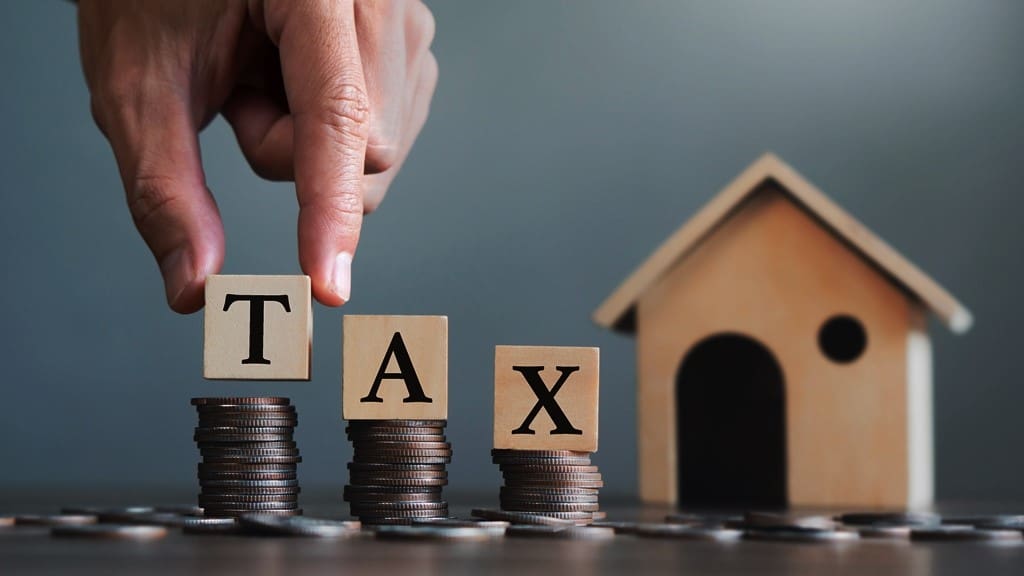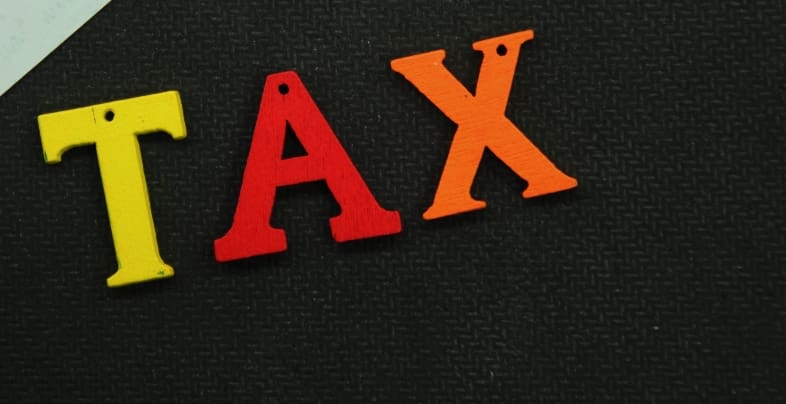Are you a real estate investor looking for ways to optimize your investments and defer taxes? If so, you’ve probably heard of the term “1031 Exchange.” But what exactly is it, and how can it benefit you? Read on to learn more!
What is a 1031 Exchange?
A 1031 Exchange, also known as a like-kind exchange, is a powerful tax-deferral strategy used by real estate investors to swap one investment property for another without triggering a capital gains tax liability. This allows investors to reinvest the proceeds from the sale of a property into a new one, thereby deferring taxes on any capital gains.
How does a 1031 Exchange Work?
So how does it work? In simple terms, when you sell a property and reinvest the proceeds into another property of equal or greater value, you can defer paying capital gains taxes on the profit from the sale. This enables investors to leverage their gains and acquire properties with higher income potential, ultimately maximizing their return on investment.

What are the Qualifications?
But there are rules and guidelines that must be followed to qualify for a 1031 Exchange. For instance, both the relinquished property (the one you’re selling) and the replacement property (the one you’re buying) must be held for investment or business purposes. Additionally, the exchange must be completed within a specific timeframe, typically 180 days from the sale of the relinquished property.
Despite these restrictions, the benefits of a 1031 Exchange are undeniable. Not only does it provide investors with a tax-efficient way to diversify their real estate portfolio, but it also offers flexibility and liquidity in their investment strategies.
In conclusion, a 1031 Exchange can be a valuable tool for real estate investors looking to defer taxes and maximize their investment potential. By understanding the process, benefits, and key considerations involved, you can unlock the full potential of this powerful tax-deferral strategy.
#1031Exchange #RealEstateInvesting #TaxDeferral
